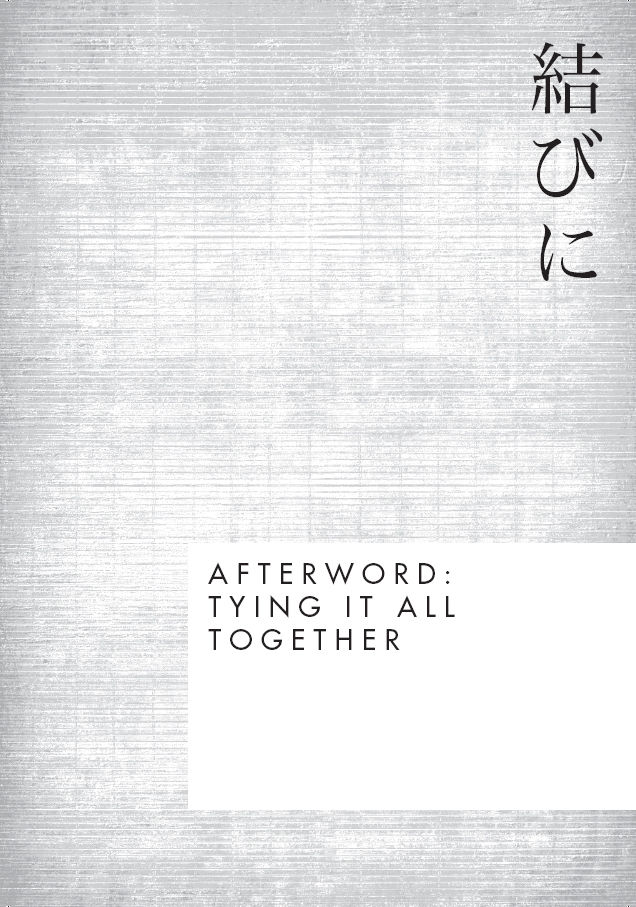

I t’s early March now, and I am sitting outside a café on the Philosopher’s Path in Kyōto. I have a hot coffee in one hand and a blanket tucked around my knees. Somewhere, a wind chime is tinkling, and the few remaining green leaves are shivering on the branches of trees alongside the waterway. A few weeks from now the cherry blossom will burst forth, and this path will be full of tourists. But for now, I have it to myself.
I am reflecting on the conversation I had a moment ago with Hiraiwa san, a young woman who works in the elegant Ginishō homewares shop just along the way, owned by KisoArtech, an innovative architecture company from Nagano. I asked her why she thought customers might sense an air of wabi sabi in her shop, where the walls are mottled, the small-batch items are all honed by hand from local wood, and the colours are sublimely dark and thoughtful. Her answer had nothing to do with any of those things.
She said, ‘I think it’s because we are in a place where we experience the changing seasons intimately, and there is a blurred boundary between inside and out, with the shop set just on the edge of the waterway. It feels like we are part of nature here.’
I have probably been to this part of Kyōto more than fifty times, first as a teenager, for weekly ikebana lessons at Mrs Tanaka’s house nearby and, more recently, seeking out fireflies on summer evening cycles with Mr K. Once, as a penniless student, I took a lonely winter walk trying to figure out how to stretch my meagre budget for the rest of the month. Another time there was tea and cake in autumn. And now here I am again, at the turn of the season, reflecting on how far we have travelled, and all that we have learned in our search for the truth about wabi sabi.
What started out as an exploration into beauty became so much more than that. It became a whole new way of experiencing the world, not with the logical mind but with the feeling heart, and with all our senses. Wabi sabi has shown us how fleeting moments of exquisite, evanescent beauty can remind us of the preciousness of life itself.
A small bowl sitting in one’s hand
Contains the whole of the universe. 1
RAKU KICHIZAEMON XV,
FIFTEENTH-GENERATION JAPANESE POTTER
For me, the greatest teaching of wabi sabi has been the shift in perspective. Looking at the world through the lens of wabi sabi has transformed it into a more beautiful, gentle and forgiving place, full of possibility and delight.
Early on in this book I said, ‘wabi sabi is a bit like love’. What I have discovered along the way is that actually, wabi sabi is a lot like love. It is akin to loving appreciation – for beauty, for nature, for ourselves, for each other and for life itself.
I hope you too have seen how wabi sabi can be a refreshing antidote to our fast-paced, consumption-driven world, and that it has encouraged you to slow down, reconnect with nature and be gentler on yourself. I hope you have been inspired to simplify everything, and concentrate on what really matters, finding happiness right where you are.
As we come to the end of our journey together, I have one final souvenir for you. Hold out your hands and imagine your
gift. It is an omamori
(![]() ), an amulet to keep you safe as you journey forward. On the front is embroidered the character sachi
(
), an amulet to keep you safe as you journey forward. On the front is embroidered the character sachi
(![]() ), for happiness.
2
On the back is written a gentle reminder:
), for happiness.
2
On the back is written a gentle reminder:
You are perfectly imperfect,
just as you are.